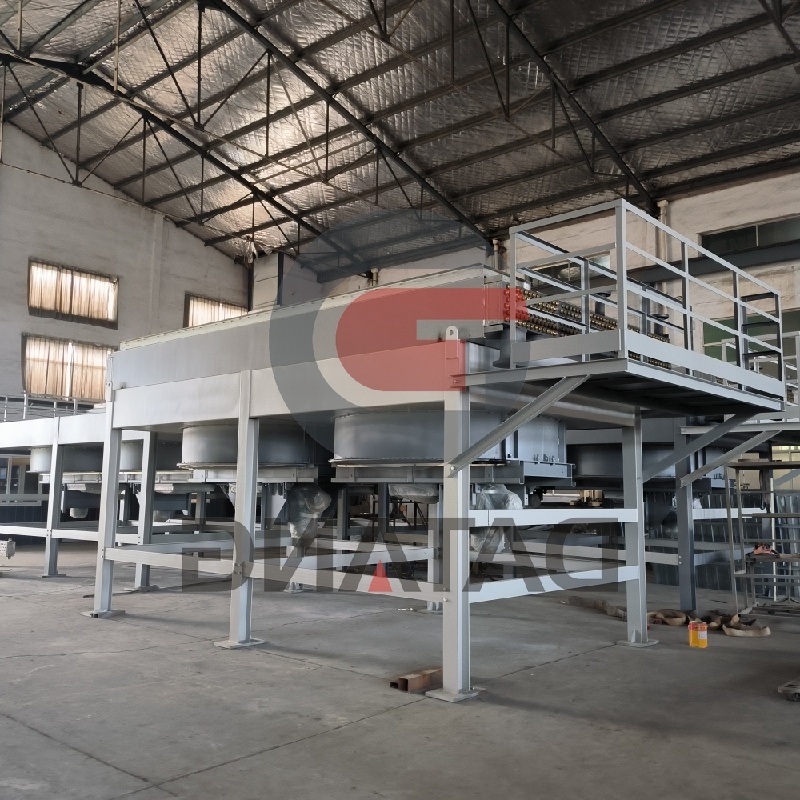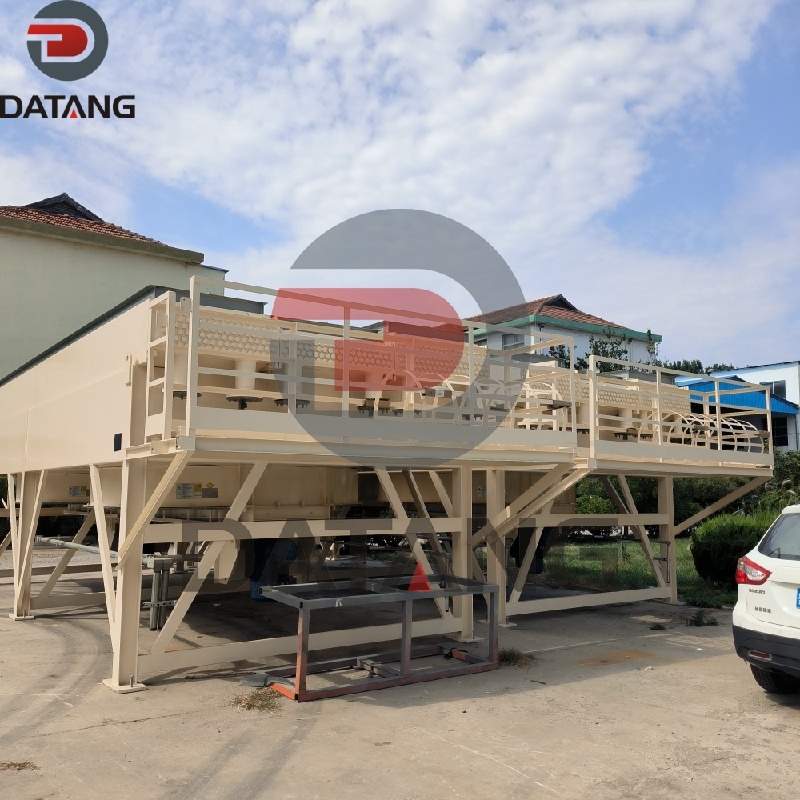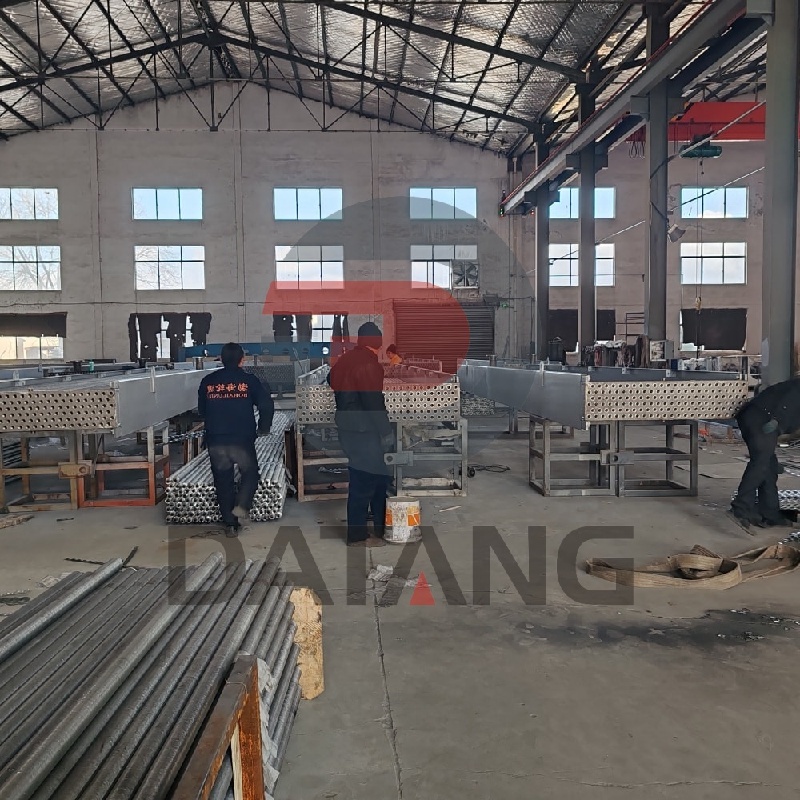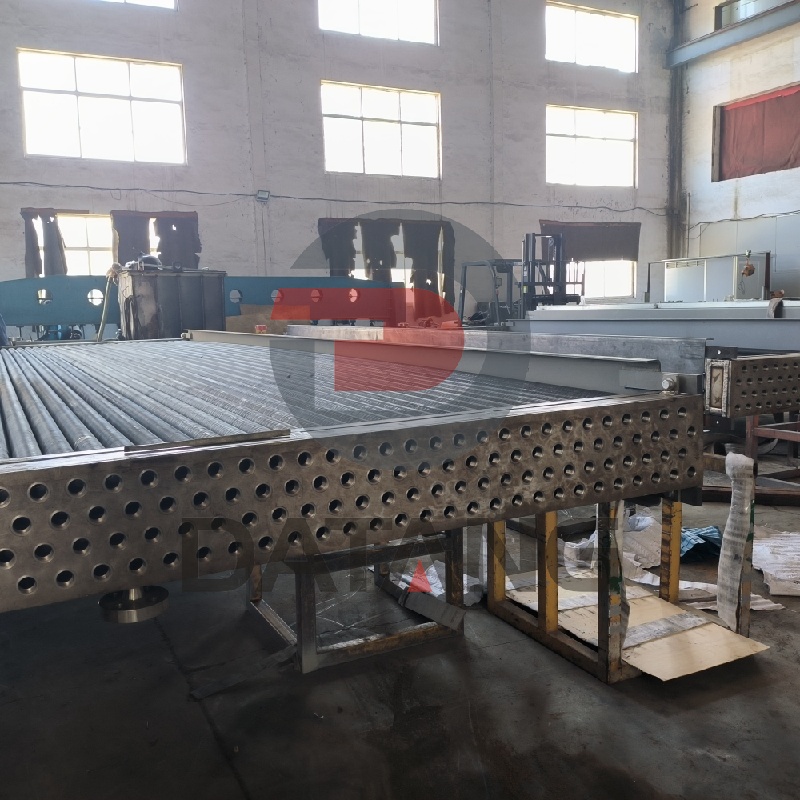Walk through any refinery, power plant, chemical processing facility, or large manufacturing site, and you’ll likely see rows of imposing structures resembling oversized radiators. These are Fin Fan Coolers (often called Air Cooled Heat Exchangers or ACHEs), and they are the silent, essential workhorses responsible for rejecting massive amounts of heat into the atmosphere, ensuring processes run safely and efficiently.
Why Air? The Core Principle
Unlike shell-and-tube heat exchangers that often use water for cooling, Fin Fan Coolers rely solely on ambient air. This fundamental choice offers critical advantages:
Water Conservation: Eliminates the need for vast quantities of cooling water, a crucial benefit in water-scarce regions and for reducing environmental impact.
Reduced Complexity & Cost: Avoids the need for complex water treatment systems, pumps, pipes, and cooling towers, lowering installation and maintenance expenses.
Minimized Corrosion & Fouling: Air generally causes less scaling and corrosion than water, especially hard or contaminated water, leading to potentially longer service life and lower maintenance.
Location Flexibility: Can be installed almost anywhere with sufficient air access, not tied to water sources.
How They Work: Maximizing the Air’s Potential
A Fin Fan Cooler’s brilliance lies in overcoming air’s relatively poor heat transfer properties compared to water. It achieves this through clever engineering:
The Tubes: Process fluid (hot oil, gas, water, chemicals, etc.) flows inside rows of tubes. These tubes are typically made of carbon steel, stainless steel, or specialized alloys depending on the fluid’s properties.
The Fins: This is where the magic happens. Multiple thin metal fins (usually aluminum for its excellent conductivity) are tightly bonded (often mechanically embedded or welded) to the outside of each tube. This dramatically increases the surface area exposed to the air – sometimes by 10 to 20 times the bare tube area!
The Fans: Large, low-speed axial fans (powered by electric motors, sometimes with variable frequency drives for control) are mounted below or above the finned tube bundle. They force or induce a large volume of ambient air across the finned tubes.
Heat Transfer: Heat from the hot process fluid inside the tubes conducts through the tube wall and into the fins. The flowing air absorbs this heat from the extensive finned surface, cooling the fluid inside. The heated air is then exhausted upwards into the atmosphere.
Key Components & Design Considerations
Tube Bundle: The core assembly of finned tubes, headers (where fluid enters/exits the tubes), and a supporting frame. Bundles can be horizontal, vertical, or A-shaped (forced draft) or V-shaped (induced draft).
Plenum Chamber: Directs airflow evenly over the tube bundle.
Fans & Drivers: Sized for the required air volume (measured in m³/s or CFM). Noise reduction is often a critical design factor.
Structure: Robust support structure to handle wind loads, bundle weight, and vibration.
Controls: Louvers (manual or automatic) adjust airflow for seasonal or load changes. VFDs control fan speed. Temperature sensors provide feedback.
Face Velocity: The speed of air approaching the tube bundle is a critical design parameter, balancing heat transfer efficiency against fan power consumption and potential dust/fouling issues.
Where You Find Them: Critical Applications
Fin Fan Coolers are indispensable across heavy industry:
Oil & Gas: Cooling refinery process streams (crude oil, naphtha, kerosene), hydrocarbon liquids and gases, lube oil, compressor intercoolers/aftercoolers, turbine exhaust steam condensers.
Power Generation: Condensing turbine exhaust steam in air-cooled condensers (ACC), cooling generator stator windings (hydrogen coolers), lube oil systems.
Chemical & Petrochemical: Cooling reactor effluents, process condensers, solvent coolers, compressed air.
HVAC: Large industrial chiller condensers.
Metallurgy: Cooling water circuits in steel plants.
Advantages vs. Limitations: A Balanced View
Advantages:
Minimal water usage & treatment costs.
Lower risk of water-side fouling/corrosion.
Simpler overall system (no water treatment plant, cooling towers).
Easier winterization (reduced freezing risk vs. water systems).
Generally lower operating costs (OPEX) where water is expensive.
Limitations:
Higher initial cost (CAPEX) than equivalent shell-and-tube units.
Larger physical footprint.
Performance highly dependent on ambient air temperature (less efficient on very hot days).
Requires significant electrical power for large fans.
Potential for air-side fouling (dust, insects, debris) requiring cleaning.
Fan noise can be significant, requiring mitigation.
The Unsung Heroes
Fin Fan Coolers may not be glamorous, but they are fundamental to the operation of countless industrial facilities worldwide. Their ability to efficiently reject enormous heat loads using only air makes them a sustainable and reliable solution. Next time you see these towering arrays of fins and fans, remember the complex engineering inside, silently ensuring the smooth flow of energy and materials that power our modern world. They are truly the giants keeping industry cool under pressure.
Post time: Aug-16-2025




